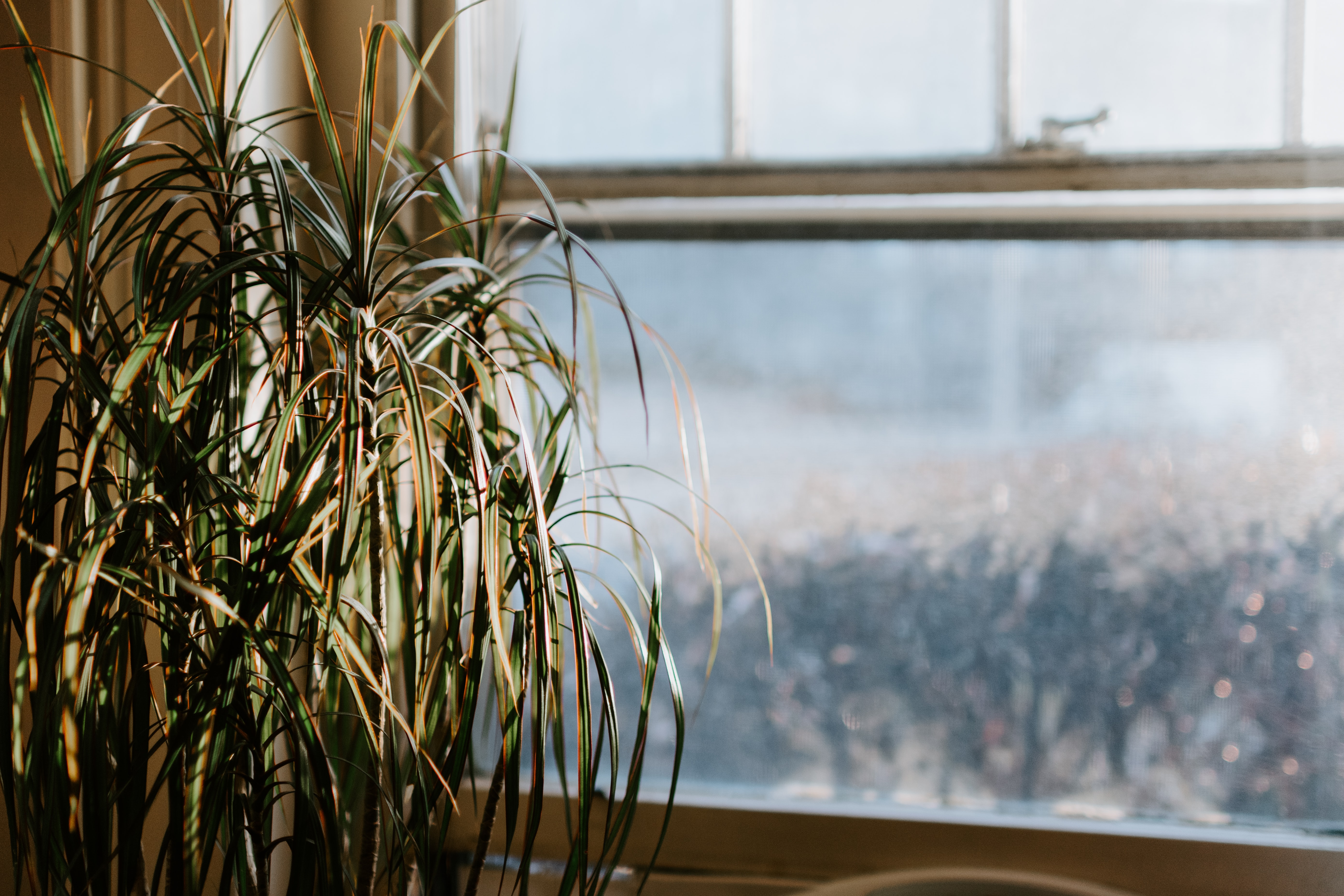Plants can be particular and picky little beings. They express their picky natures by wilting, browning, and ultimately dying even when you think you’ve taken all the right measures for caring for your plant. You’ve left your plant by the sunniest window, given it a big enough pot to grow in, and you’ve watered it the appropriate amount. But wait- did you water it from the top or the bottom? The most obvious way is to water your plant from the top, but this may not be the most effective.
What are the Benefits of this Method?
Certain plants fair better when watered from the bottom up. This method hydrates your plants from the roots to the leaves, versus the other way around. Certain plants tend to get discolored and spotty when water is supplied from the leaves downward. Bottom watering can help you avoid this issue.
Also, all potted plants, even if not prone to discoloration, can fair well from bottom watering because the method prevents overwatering. Your plant soaks in all of the water they need and no more than what’s necessary. Rather than trying to predict your plant’s watering needs, let them decide how much water they need and when. Your plants can handle a little autonomy.
Best Practices for Watering from the Bottom.
Bottom watering plants may seem tricky at first because it goes against what we’ve initially been taught to do. However, using these methods will ensure that your plant is moisturized evenly and healthy from top to bottom… or in this case, bottom to top.
Start by checking the moisture level of your plant. Stick your finger in the soil at the edge of your planter. Go about knuckle deep. If the soil is dry, it’s time to water.
Next, place your plant in any container that fits the planter. This can even be just a Tupperware bowl, if that’s what you have around. Fill the container about halfway, so that the planter holes at the bottom are fully submerged. Also, make sure to use distilled or filtered water, not tap water. There’s too much chlorine in tap water. Your plant doesn’t want to feel like it’s at the public pool.
Leave your plant be, but return every 10 minutes to check the moisture level, just as you did at the beginning of this process. Your plant doesn’t have legs, so it can’t move from the container if it starts to drown.
Lastly, bottom watering is highly beneficial for your plant, but still make sure to water it from the top once a month. This will clear away salt and mineral deposits that aren’t flushed in bottom watering. Remember, in nature, plants get water from both top and bottom.
Easier for You and Your Plant
Bottom watering takes the guesswork out of how much and how often you should water your green loved one. Not only does it save you stress, it also helps your plant grow to its full potential. Use bottom watering with top watering to become plant parent of the year.



